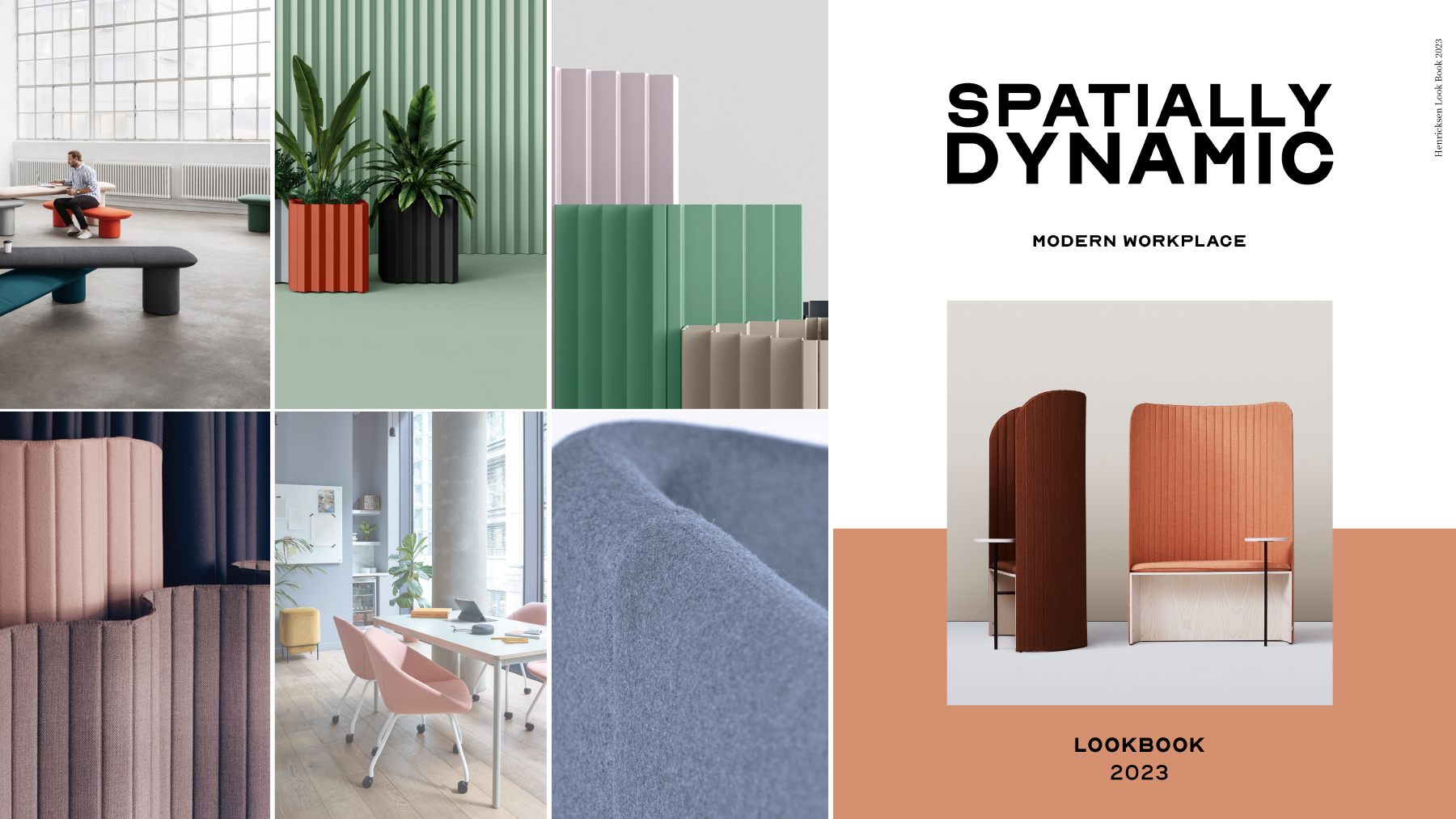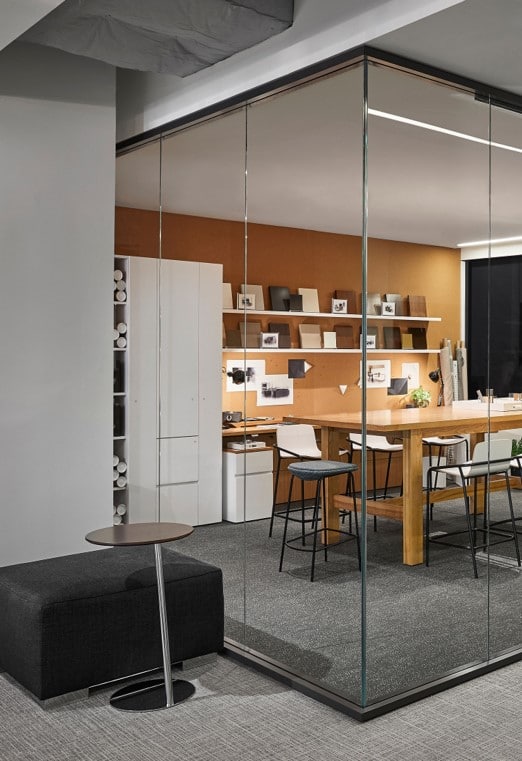It’s not just start-ups that need to design office space to accommodate growth.

A business that isn’t growing is either stagnating or shrinking. Even mature businesses should pursue growth in order to survive and thrive. And that is exactly what COFCO is doing. In our 71st year of operation, we’re still expanding our office space to be properly equipped to expand our business.
Growth is necessary and desirable, but it does come with its own set of challenges. Planning your office space for the next 12 or 24 months can be tricky. Without the ability to accommodate more team members, it’s impossible to hire. Without hiring team members, growth will soon come to a halt. Once the choice to increase your office capacity is made, the next, very critical step, is planning your expanded space.

Here are some tips on how to design your office space so that it makes sense both now in the future. A good design will support your growth, maximize efficiency, and be flexible enough to support more people and greater work flow when necessary. A great design will also motivate and inspire your team.
- Think shared space instead of dedicated space. Office design is becoming more flexible with less private office space and less space dedicated to a single user. By designing shared work areas where specific types of work is done, less real estate is necessary. Remote working can also help alleviate the necessity for everyone to have their own desk or cubicle. Planning your office space to incorporate conference areas, collaborative areas and semi private areas encourages greater movement and interaction – both of which are beneficial from a health and innovation perspective.
- Get input from the people who work in the space. Allow employees to be actively involved in providing input about how the space can be best utilized. People who have contributed to the planning stage are far more likely to buy into and support the reality stage.This process has to be handled carefully. Research (https://www.jamescmccroskey.com/publications/113.pdf ) has shown that there needs to be a fine balance between seeking employee input and empowering employee decision-making to avoid creating the perception that management is abdicating responsibility. It has to be clear that management is still in control of the process, but that employee opinions and input are seriously considered and valued.
- When inviting employee input in the planning stage, remember to discuss how the space should reflect your corporate brand and culture. The end design should reinforce and support it.
- Determine what your additional employee complement will be in 12 months and in 24 months. Base your projections on both historical growth as well as reasonably anticipated growth.
- Based on this information, consider whether additional office space is best achieved by acquiring more office real estate or redesigning within the current office space. If you’re looking at acquiring a larger space, remember to factor in negative space. A space of 20,000 square feet may end up only providing 15,000 square feet of work space. Remember, as well, to be realistic about timelines and costs.
- Determine how many employees will need their own dedicated desk space and how many will be able to move between work stations. Determine how much private office space is necessary and how many conference and collaborative spaces.
- Map out your work flow. Employees who need to collaborate frequently should be placed in close proximity to each other. Quiet, focused work should be in one area, while noisier work (including collaboration) should be in another so that the two do not conflict.
- Map out how you will grow within the space. This will allow you to expand when necessary. It may be possible to use only part of the space immediately with the expansion into additional space happening only when it makes sense.
This can be a daunting task. However, you can always consult with our skilled account executives and design experts who will help you not only calculate the optimum office floor area necessary, but also work out the best configuration of public, semi-private and private work space.
They’ll also be able to advise you whether it’s possible to mix and match your existing furniture with new systems. It’s always a good idea to choose office furniture that is future proofed – in other words, it has been designed to be added to and integrated with new components as and when necessary.
https://www.thebalance.com/how-to-do-space-planning-for-your-office-1919194
https://hbr.org/2014/10/workspaces-that-move-people




